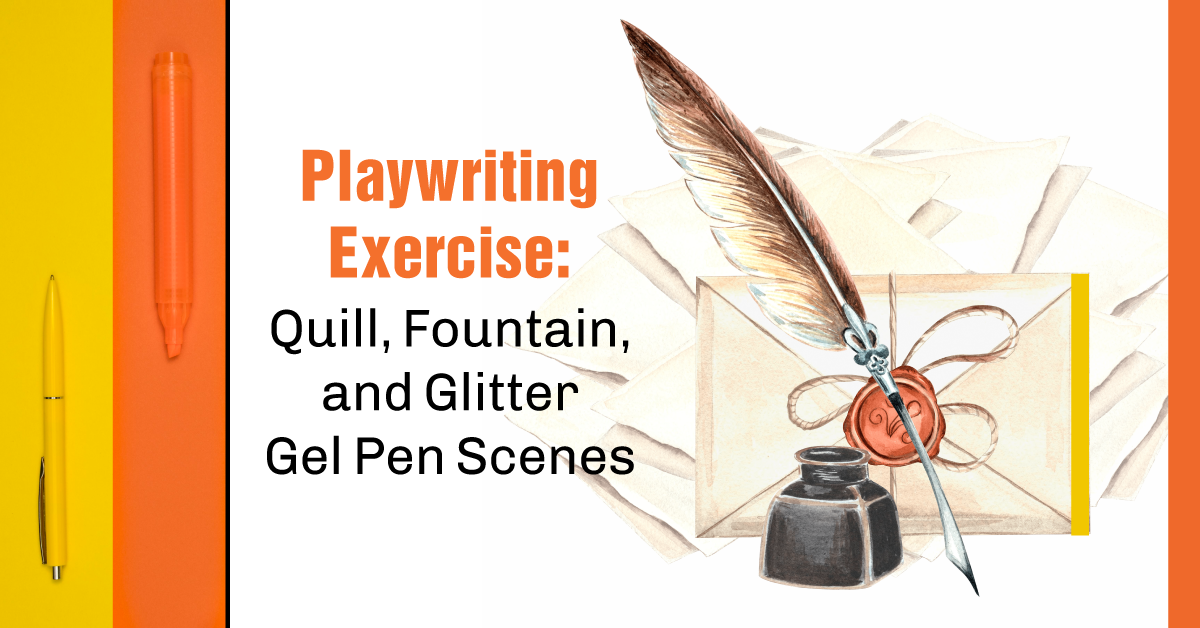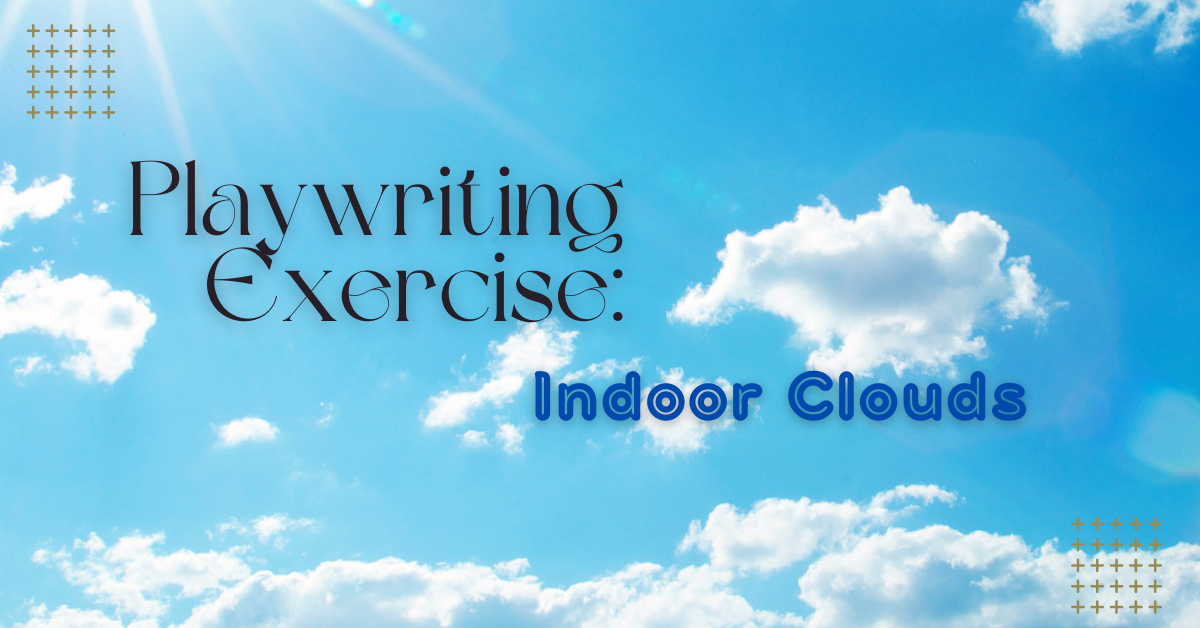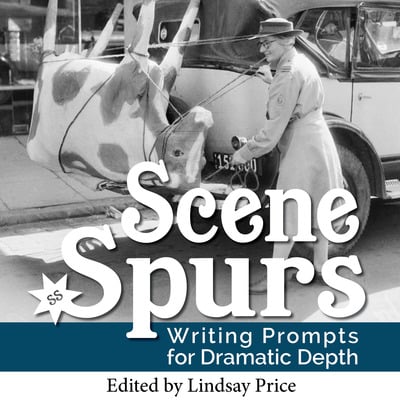Playwriting Exercise: The Next Scene
A common acting exercise for students is to imagine what their character is doing next when they exit a scene, and what they’re doing when they aren’t onstage. We’re turning that exercise into a playwriting prompt — writing the next scene for an exiting character. Where did they go? What are they doing? Why did they leave? Let’s figure it out!
Instructions
1. Select a play, and have students each choose a moment where a character exits within the scene (preferably not the lead character). Students need to identify the character’s name as it appears in the script, write a one-sentence summary of what caused them to exit, and note the exact line that is spoken or sung to make them exit. Be sure to also note the act and scene number (if identified), as well as the page number of the script.
2. Write a scene immediately following their exit. Their first line is the last line they say before they exit (or the line of the character who causes them to exit). Where is the character going? What are they doing? Who are they meeting with? What are they talking about? How is the character feeling?
For example, in The Lightning Thief: The Percy Jackson Musical, the character Clarisse is magically drenched by toilet water when she corners Percy in the camp bathroom. Her exiting line is, “You’re worm meat, Jackson… WORM MEAT!” What does she do when she leaves the bathroom? Does she grab her fellow Ares cabin mates and start plotting revenge? Does she go to the lake and cry in secret? Does she set fire to Percy’s bed?
Here’s another example. What does Courtney, the snooty salesgirl in the opening number of Legally Blonde: The Musical, do after Elle calls her out for showing her a dress from last year? The line that causes Courtney to exit is her manager singing “Elle Woods! Sorry, our mistake, Courtney take your break! Just ignore her, she hasn’t been well.” Does Courtney sneak out the back of the store? Does she write a letter of resignation and enrol in college? Does she steal her manager’s car? It’s up to you!
3. From here, students can be as inventive as they want for their scene. It can be the same tone or genre as the established play, or go in a totally different direction. Perhaps a character from a play exits and bursts into song in their scene, or a character in a tragedy starts cracking jokes. Perhaps a seemingly happy-go-lucky character reveals a hidden dark side.
Students can invent new characters for their scene or use established characters who are not currently appearing onstage in the play. They need to develop their focus character’s personality beyond their currently scripted lines in the play. Give the character a proper name if they don't already have one (for example, in Heathers: The Musical, some of the characters include Beleaguered Geek, Hipster Dork, and New Wave Girl — they need proper names). Include the new setting at the top of the scene as well.
It doesn’t matter if this scene follows the established plot of the show or not. Students are welcome to tie it back to the original play if they wish, but they don’t have to. It can be a side journey, or take the play in a whole new direction. Who knows — perhaps this writing exercise will inspire a sequel or spin-off production!
4. If you wish to add a performance aspect to this writing exercise, have students read the scenes aloud, or create a staged reading series of all the new scenes. If the scenes are all from the same play, arrange them in order of where they occur within the established script.
5. Have students complete an exit slip responding to one of the following questions:
- How does this exercise make you a better writer?
- What is the purpose of this exercise?
- How could you use this scene or this exercise process for future work in class?
Kerry Hishon is a director, actor, writer and stage combatant from London, Ontario, Canada. She blogs at www.kerryhishon.com.
Related Articles
81 Playwriting Exercises
by Lindsay Price
81 exercises that can be used to get students in the habit of writing on a regular basis.
How to Write a Play for your Students
by Lindsay Price
You’ve chosen to write a play for your students! Where do you start?
Resource Bundle - Playwriting
Use these 4 Playwriting drama teaching resources to make playwriting possible with your students. Great for warm-ups, prompts, writer's block and more!
Scene Spurs - Writing Prompts for Dramatic Depth
by Lindsay Price
Scene Spurs is a collection of photo-based writing prompts developed by playwright Lindsay Price. The set includes 35 different Spurs along with an instruction guide to integrate them into your drama classroom.
Scene Spurs: Writing Prompts for Dramatic Depth Volume Two
by Lindsay Price
35 more photo-based writing prompts developed by playwright Lindsay Price. Includes an instruction guide and tips to integrate them into a distance learning curriculum.








